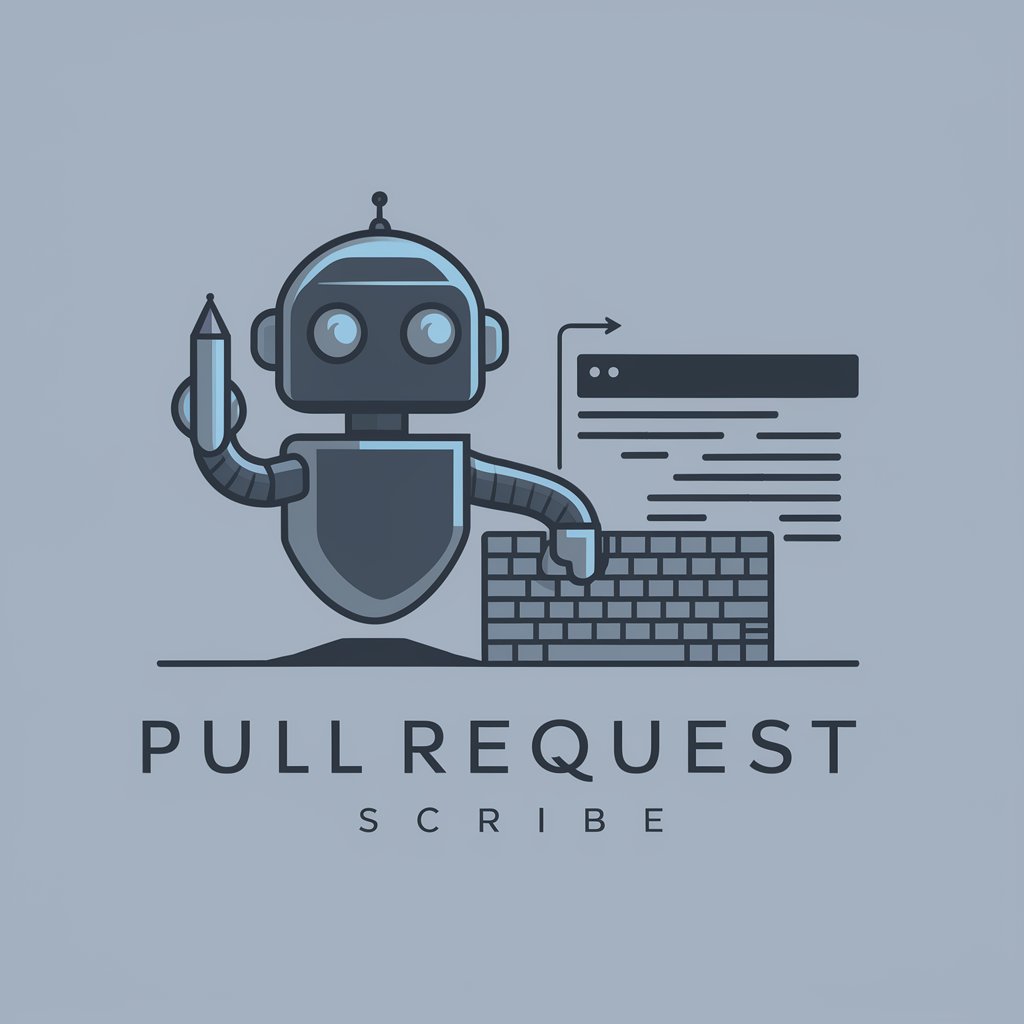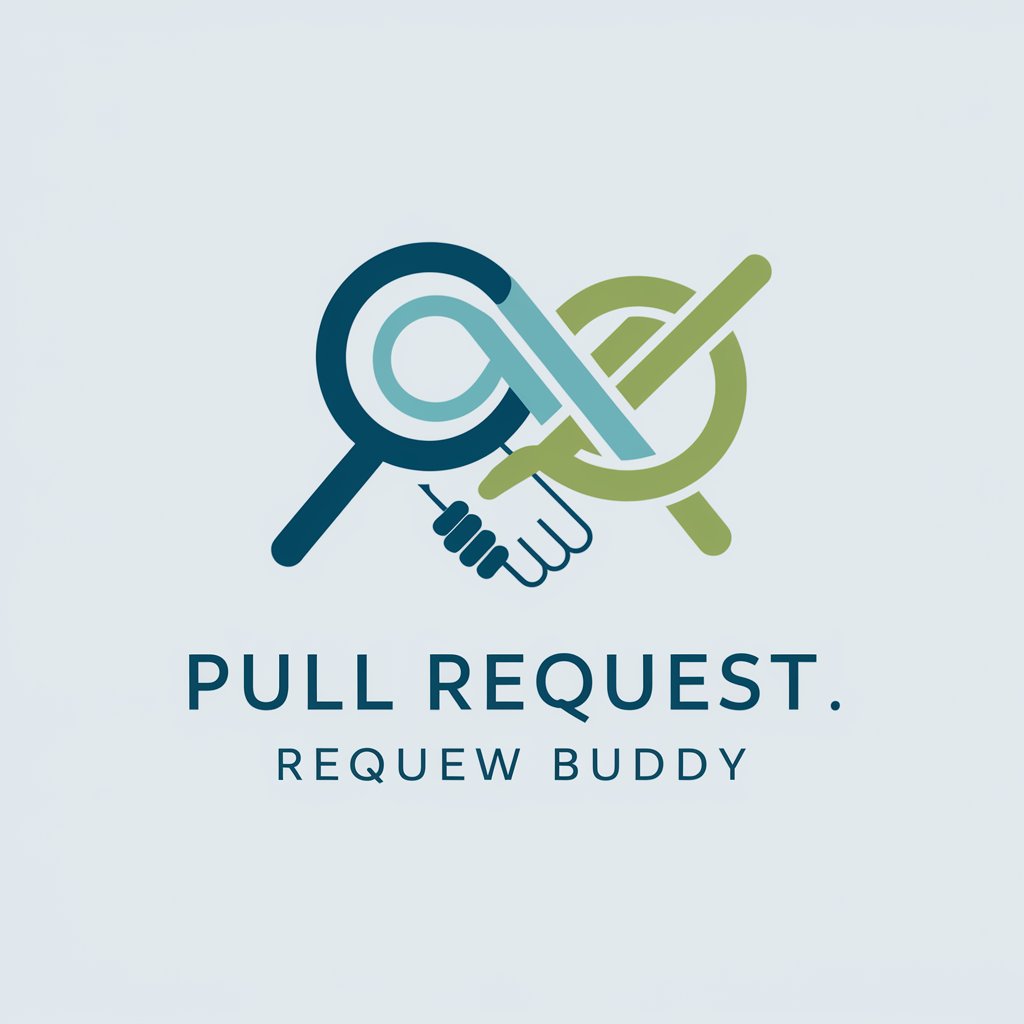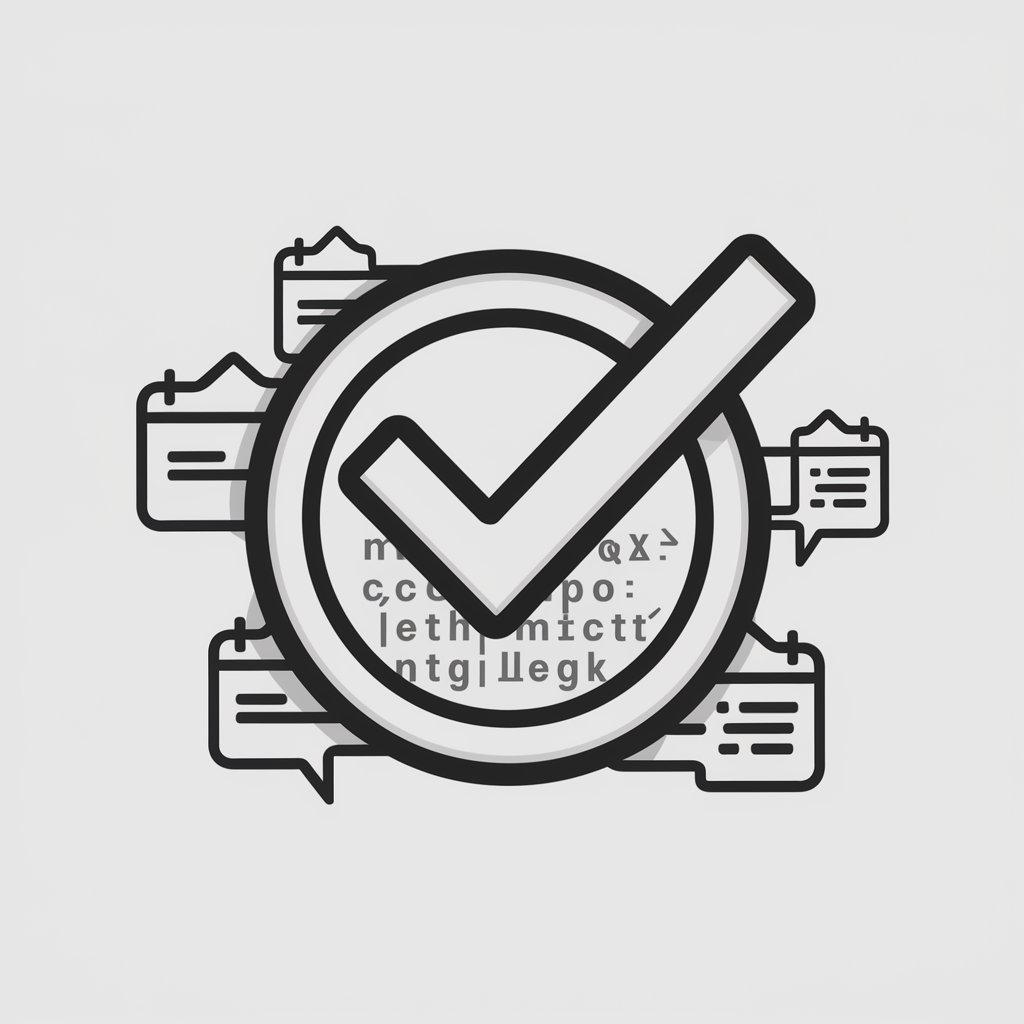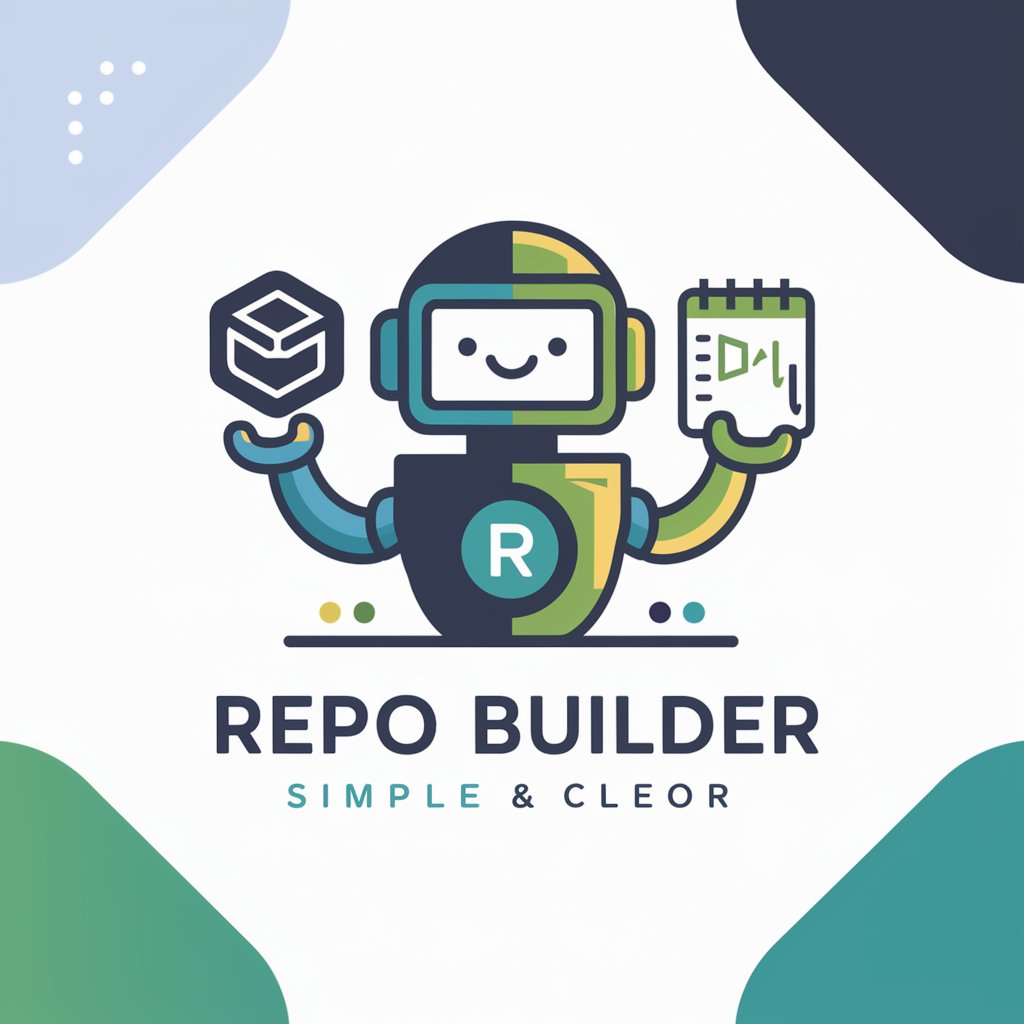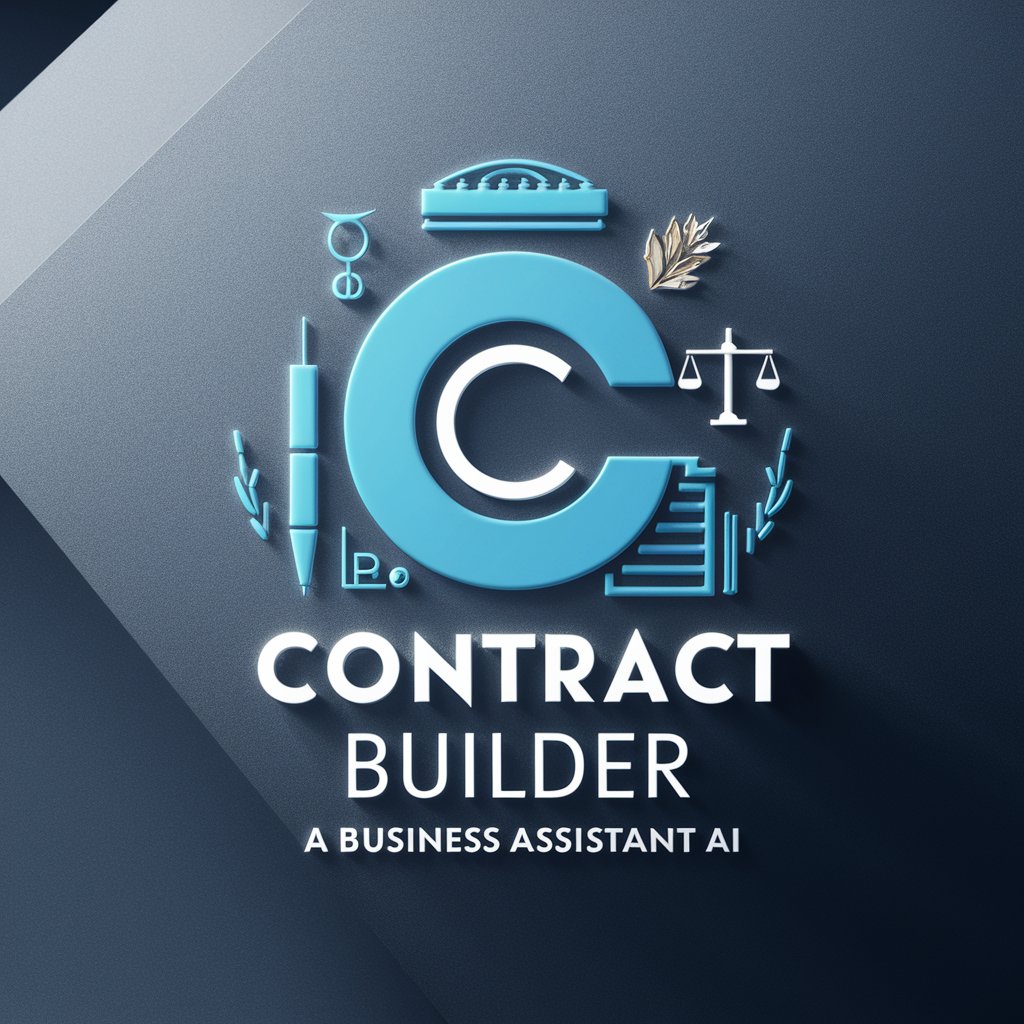
Pull Request Builder - AI-driven PR Management
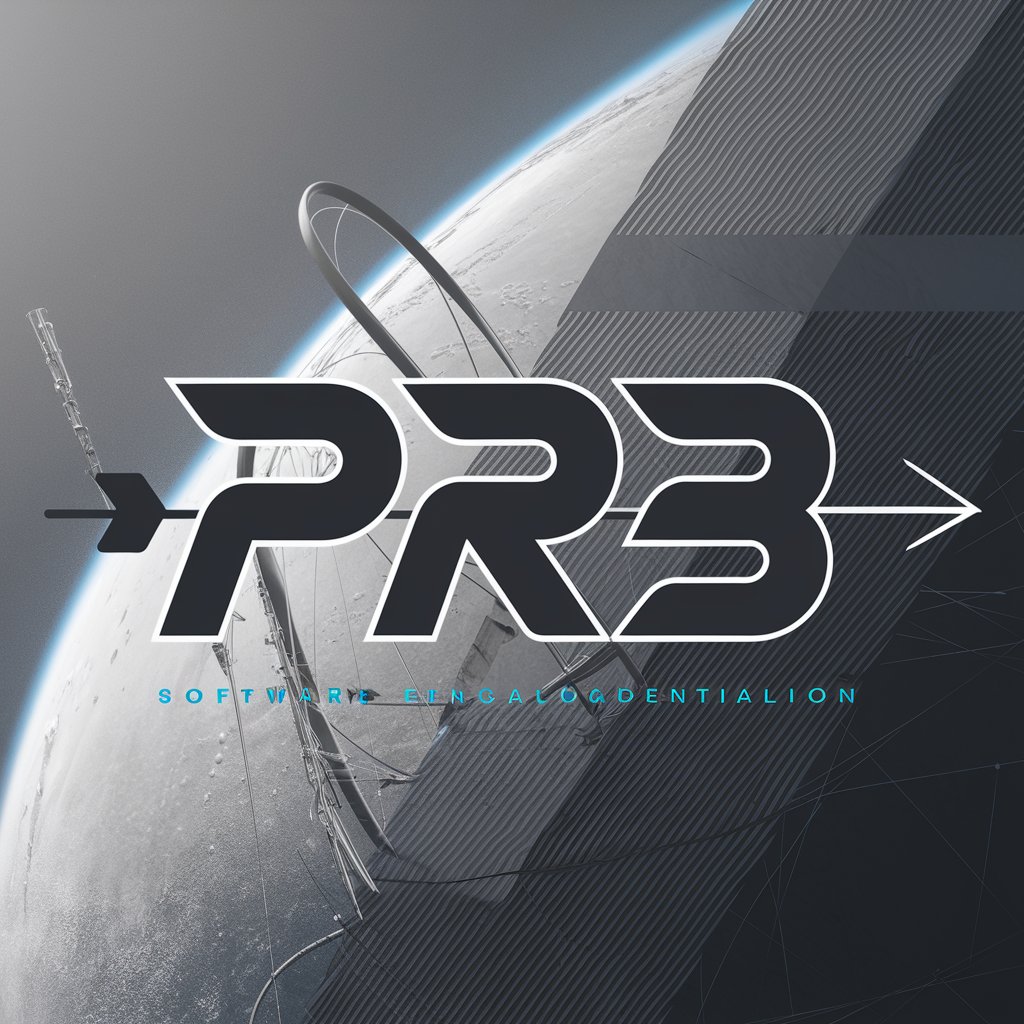
Hello! I'm here to help you create the perfect pull request.
Automating pull requests, simplifying code collaboration.
Generate a detailed plan for creating a pull request in a complex project repository...
Describe the steps to organize commit history for an efficient pull request...
Outline the best practices for labeling and categorizing pull requests in a software project...
Explain how to maintain privacy and security standards while collaborating on a pull request...
Get Embed Code
Introduction to Pull Request Builder
Pull Request Builder is designed to streamline and automate the process of creating pull requests (PRs) for software development projects, particularly those hosted on platforms like GitHub. It acts as an assistant that guides users through each step of the PR process, from specifying repository and branch details to suggesting best practices and formats for PR creation. A key design purpose of Pull Request Builder is to reduce manual effort and potential errors by automating repetitive tasks involved in PR creation, making it easier for developers to contribute changes. For example, it can automatically generate PR titles and bodies based on commit history, apply appropriate labels based on PR content, and ensure that PRs follow predefined formats and guidelines, enhancing the overall quality and consistency of contributions. Powered by ChatGPT-4o。

Main Functions of Pull Request Builder
Guided Pull Request Creation
Example
A user wants to create a PR for a new feature branch in a repository. Pull Request Builder will guide the user through specifying the repository, branch, and any additional information or formats to include in the PR, automating the creation process.
Scenario
A developer working on adding a new authentication feature to an open-source project uses Pull Request Builder to ensure their PR is correctly formatted and includes all necessary details, streamlining the review and merge process.
Automatic PR Updates Based on Commit History
Example
After a user provides the commit history for their branch, Pull Request Builder updates the PR title and body to better reflect the changes made, following best practices outlined in a provided README.md or other guidelines.
Scenario
A team member has made multiple commits to improve database performance. Pull Request Builder analyzes the commit history and automatically crafts a PR that succinctly summarizes these improvements for team review.
Label Application Based on PR Content
Example
Pull Request Builder checks the repository's available labels and applies the most appropriate ones based on the PR's focus, such as 'bug fix', 'enhancement', or 'documentation'.
Scenario
For a PR that primarily addresses server-side optimizations, Pull Request Builder applies a 'server' label, ensuring that the PR is easily identifiable and can be quickly routed to the appropriate reviewers.
Ideal Users of Pull Request Builder Services
Software Developers
Individual contributors or teams working on software projects who seek to optimize their development workflow by automating the PR process. They benefit from reduced manual effort, improved consistency, and faster integration of changes.
Open Source Contributors
Contributors to open-source projects who need to adhere to specific contribution guidelines and formats. Pull Request Builder helps them create well-structured PRs that align with project standards, increasing the likelihood of their contributions being accepted.
Project Maintainers
Maintainers who oversee multiple repositories or large projects can use Pull Request Builder to streamline contribution management, ensuring that all PRs meet their project's standards for quality and documentation, facilitating easier review and merge processes.

How to Use Pull Request Builder
1
Start with a free trial at yeschat.ai, no login or ChatGPT Plus subscription required.
2
Choose the repository for which you need to create a pull request. Ensure you have write access to this repository.
3
Identify the specific branch you wish to merge changes from and the target branch in the main project.
4
Prepare any additional information or files that should be included in the pull request, following the best practices for PR descriptions.
5
Submit your pull request through the tool, providing all necessary details for reviewers to understand and assess your changes.
Try other advanced and practical GPTs
Research Assistant
Empowering your research with AI

Rede mit Mir
Empathetic AI for Personal Growth

Tool for Science Based Skincare
Empowering your skincare with AI-driven, science-backed insights.

Gluten-Free Guru
Navigate your gluten-free journey with ease.

Story Buddy
Magical tales, powered by AI

"Hvetjandi verkfræðingur"
Optimizing Creativity and Efficiency with AI
Invincible Mind Molder
Empowering Your Path to Happiness

Resume Roaster
Spice Up Your Resume with AI-Powered Roasts

Merketing Plan Guru
Empower Your Marketing with AI

CreateYourEbook
Empowering Writers with AI-Powered Creativity

Sentence Crafter
Crafting Coherent Sentences with AI

Atlanta Regional Futures Ideator
Predicting Atlanta's Future with AI

Pull Request Builder Q&A
What is Pull Request Builder?
Pull Request Builder is an AI-powered tool designed to streamline the process of creating and managing pull requests in software development projects.
How does Pull Request Builder improve the PR process?
By automating the generation and submission of pull requests, it reduces manual effort, ensures adherence to best practices, and facilitates faster review and integration cycles.
Can Pull Request Builder handle multiple repositories?
Yes, it can manage pull requests across multiple repositories, making it ideal for developers working on large-scale projects or multiple codebases.
Is Pull Request Builder suitable for beginners?
Absolutely, it simplifies the PR process, making it more accessible to beginners, while also offering advanced features for experienced developers.
How does Pull Request Builder integrate with existing workflows?
It seamlessly integrates with popular version control systems and project management tools, ensuring smooth adoption into existing development workflows.
